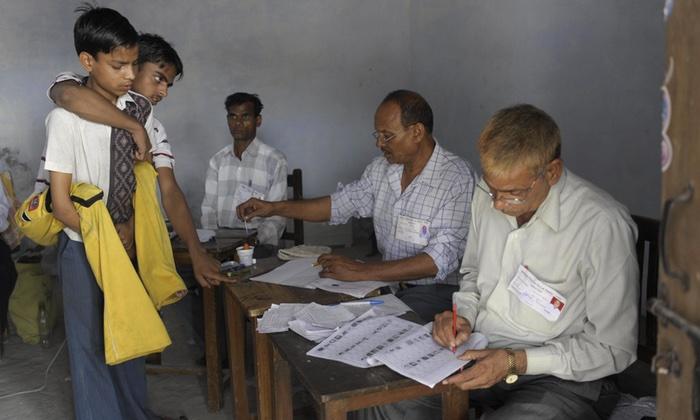Sudharani, a 48-year-old visually impaired mother of two, has never voted in secrecy in India. She has always required an escort to help her exercise her choice.
The right to vote in secrecy is an electoral right, defined by India’s Representation of the People Act, but in Sudharani’s case it never worked because there was no braille on the voting machines.





